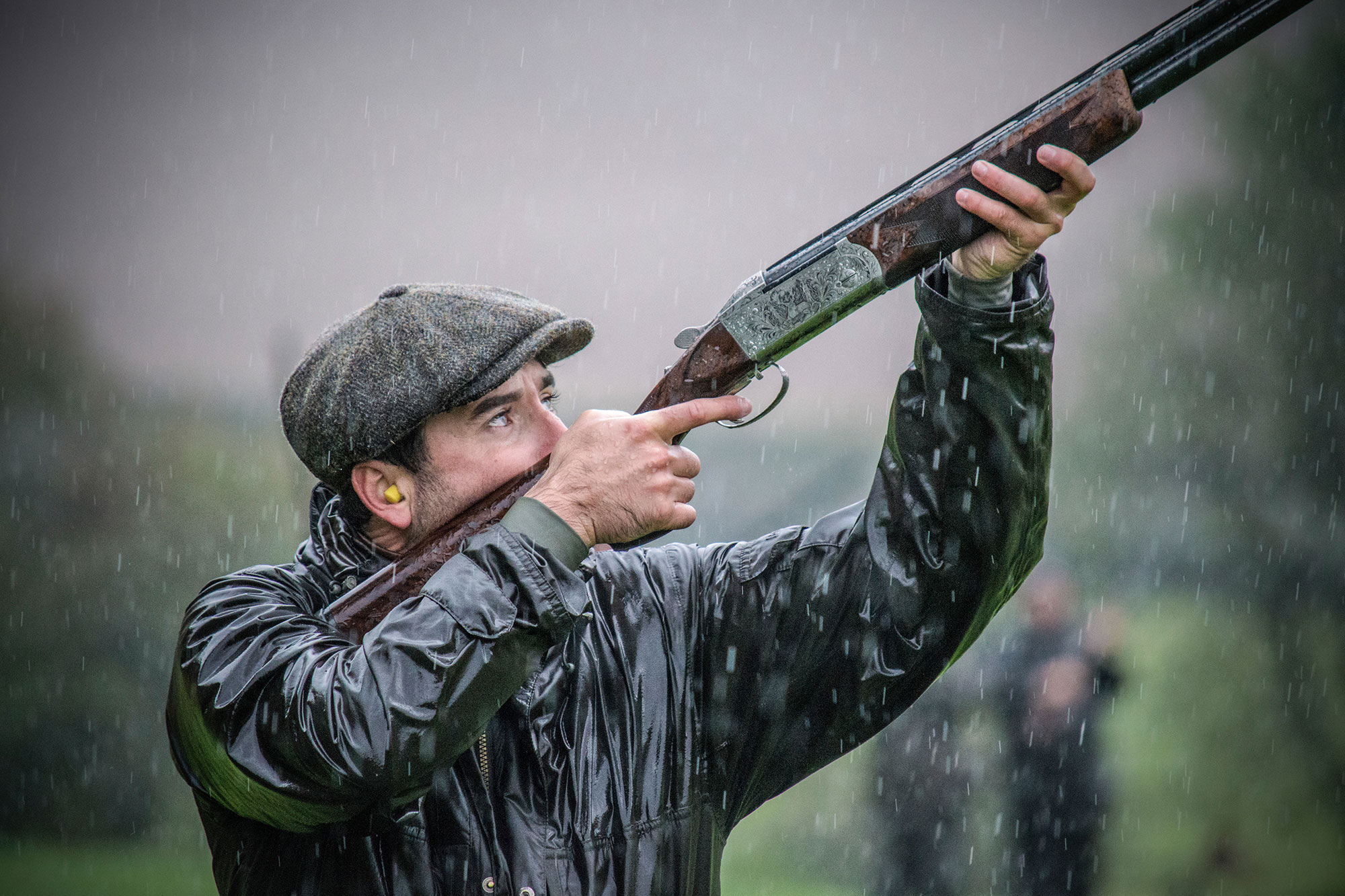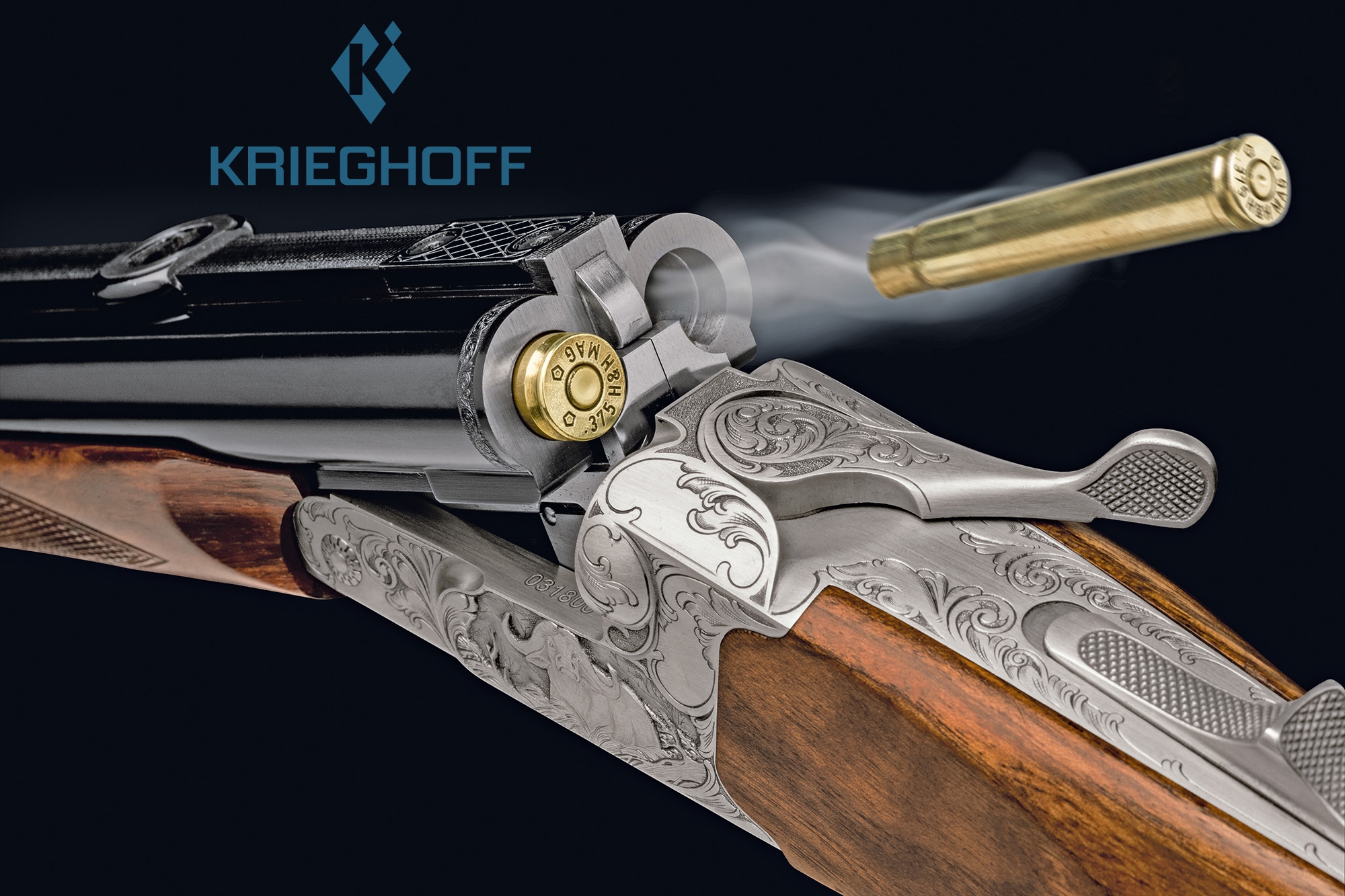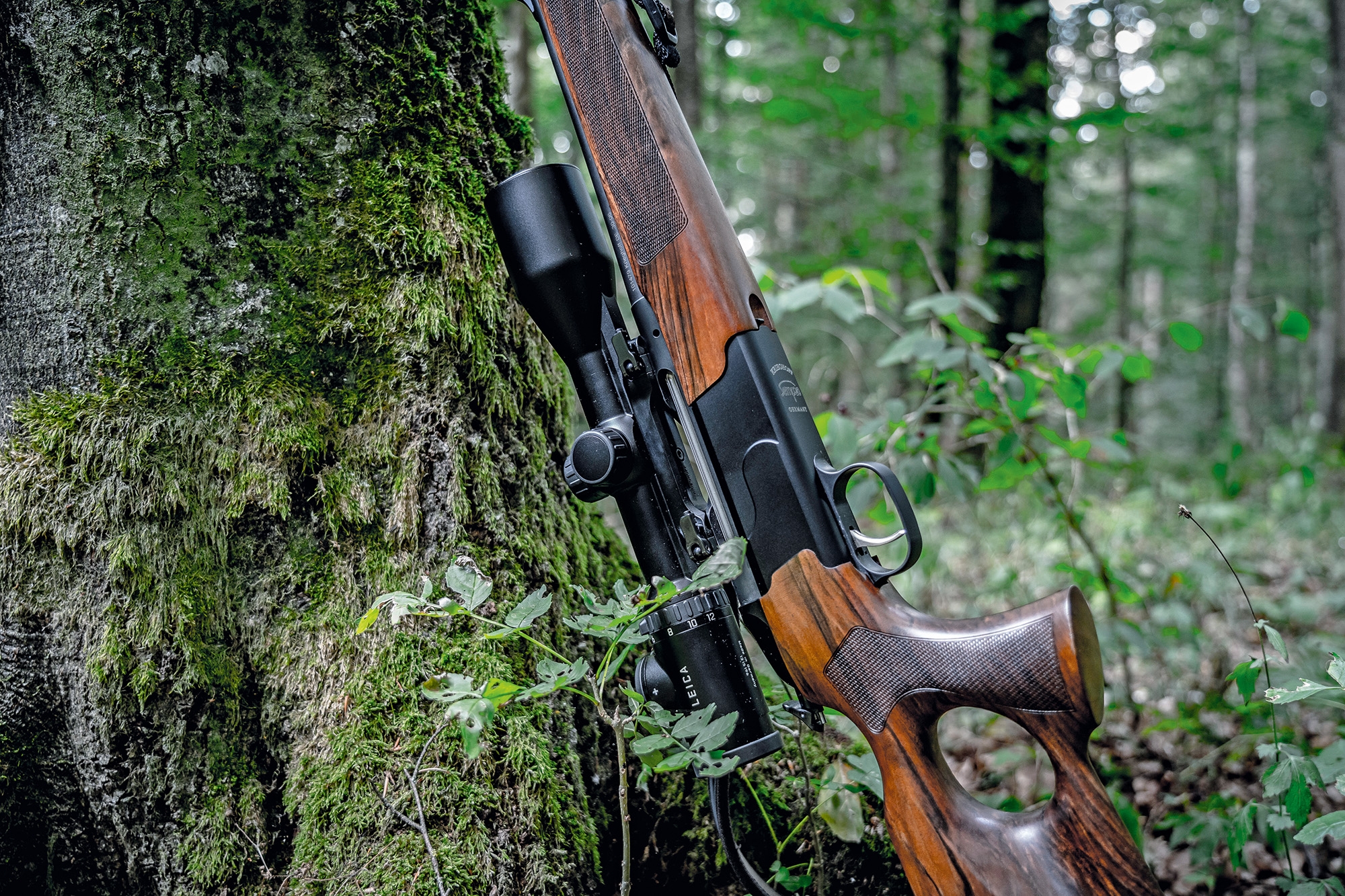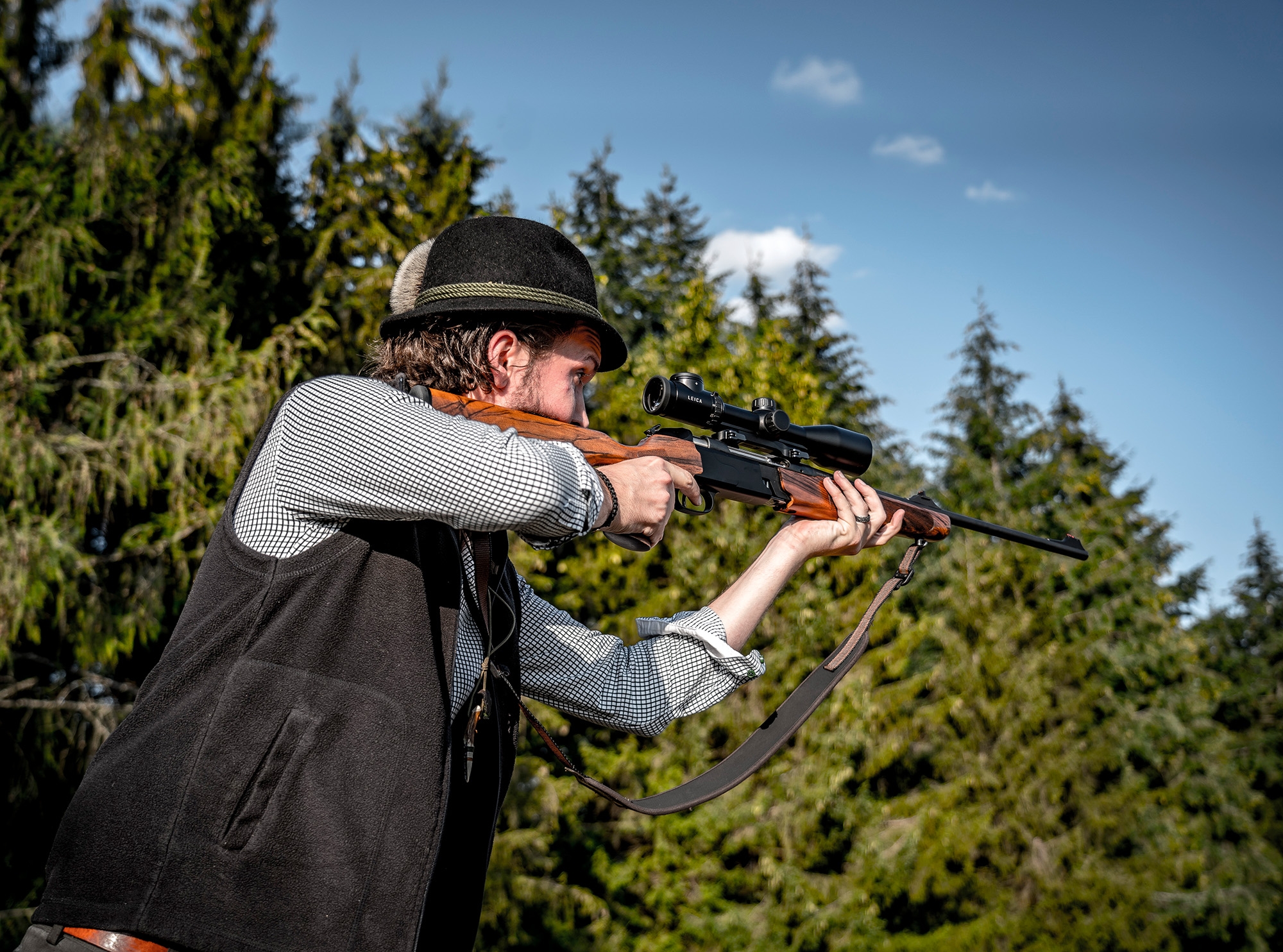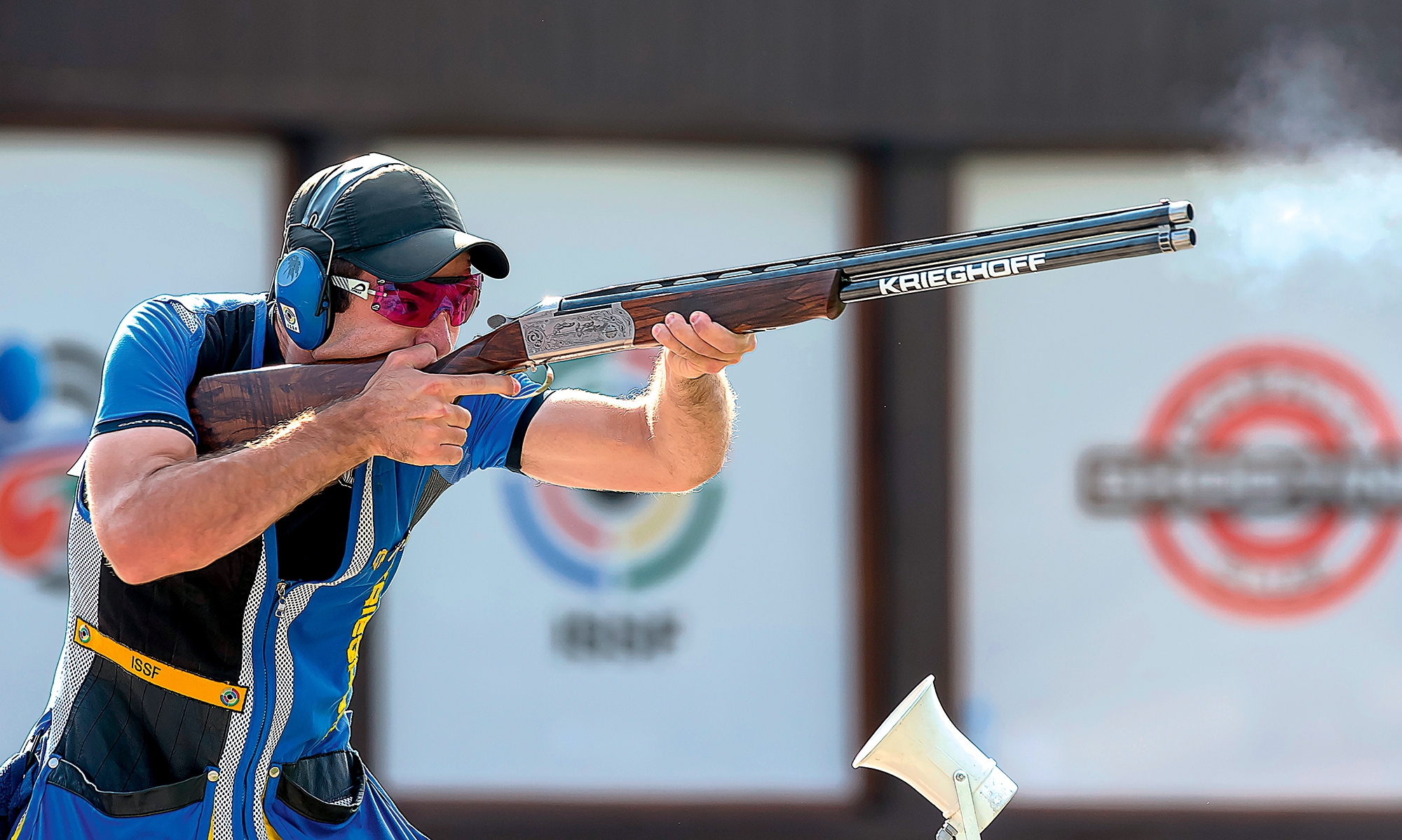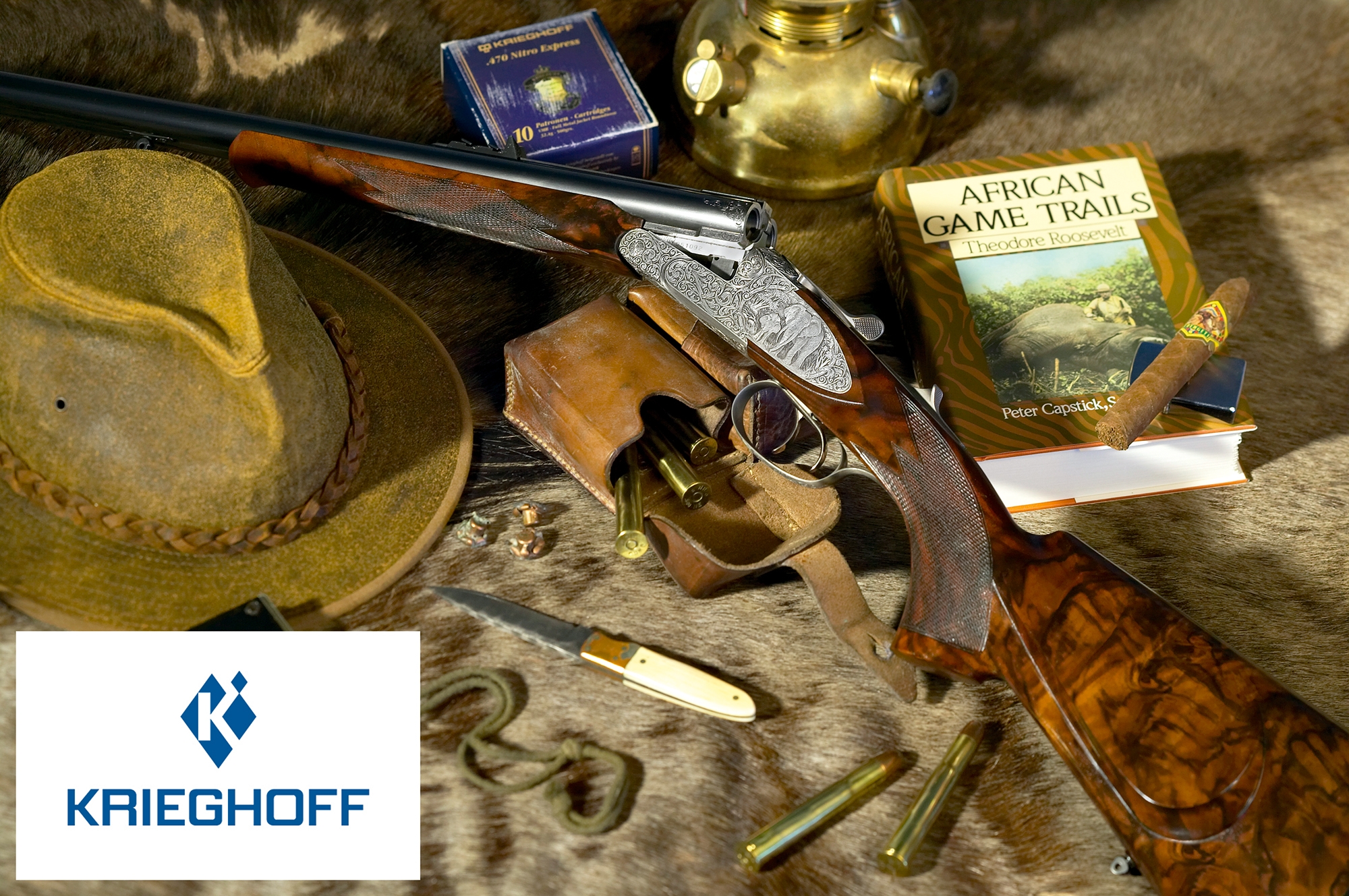How do craftsmanship and gunsmithing define themselves?
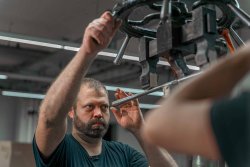
The incidence of the light shows the Krieghoff employee where the barrel is not 100% straight so that he can correct this.
The Oxford English Dictionary defines craftsmanship as follows: "Expertise, skill, or artistry in a a craft or another activity requiring specialist knowlegde; quality reflecting this." Gunsmithing is also a craft, with the difference that in this profession, precision craftsmanship and artistic precision work deserve special attention.
Krieghoff creates values that enjoy worldwide fame. The owners of a Krieghoff firearm, whether it is a rifle such as the Semprio, an Optima 20 drilling or a K-80 shotgun, can always be sure that they are holding pure craftsmanship perfection in their hands.
Gunsmiths, stockmakers and engravers are responsible for rifle production at Krieghoff
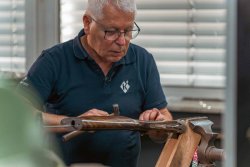
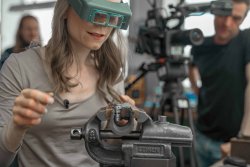
At Krieghoff in Ulm, Germany, experienced gunsmiths, stockmakers and engravers demonstrate the elaborate steps involved in making rifles. Steel is melted at almost 700 degrees, wood is shaped with coarse files and fine chisels and a small work of art is engraved with a hammer and graver. The barrel is blued, thoroughly polished and the mechanics fine-tuned. This takes weeks of precise work to create a double rifle, a hunting rifle that is characterised by dedication to craftsmanship, attention to detail and the spirit of traditional craftsmanship. Founded in 1886 and based in Ulm, the Krieghoff family business stands for excellent craftsmanship and the highest quality in the manufacture of hunting and sporting guns. By combining innovative techniques with traditional manufacturing methods, Krieghoff produces firearms that meet the highest technical and aesthetic standards. Each gun is unique, created in close co-operation between gunsmiths, stockmakers and engravers.
The gunsmith's trade and the tv format "Handwerkskunst"
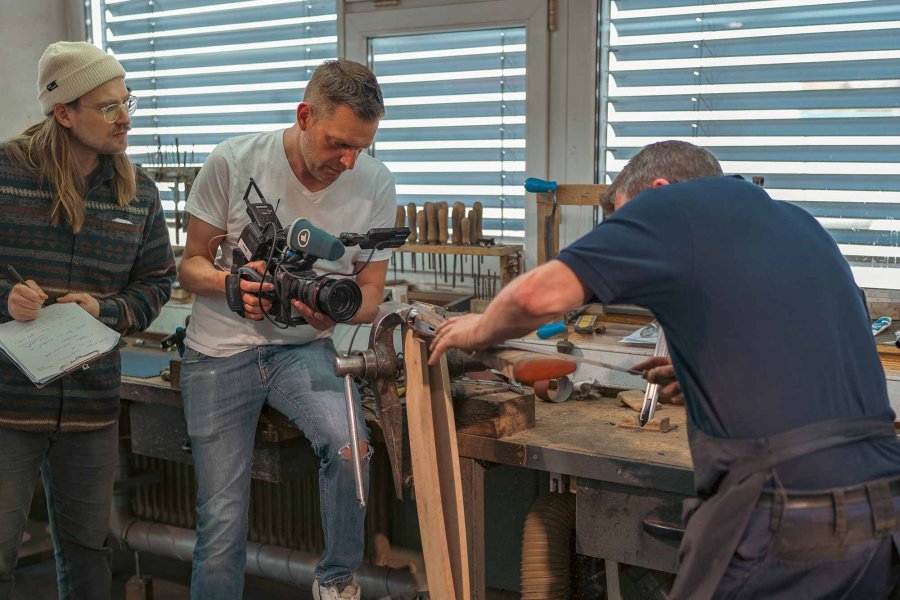
Gunsmithing is a centuries-old traditional craft that has been passed down from generation to generation. It requires not only technical skill and precision, but also a deep passion for the craft and the end product. The production of a hunting rifle is an elaborate process that requires numerous hours of labour and various craftsmanship skills. From forging the steel and working the wood to engraving the finest details − each rifle or shotgun tells the story of the craftsmen who created it. "Handwerkskunst" is a popular German TV program dedicated to traditional craftsmanship. Each episode presents in impressive images and with great attention to detail how old craftsmanship is preserved and further developed. Craftspeople from various fields provide insights into their work and share their passion and knowledge with the viewers.
Link: here you can watch the SWR documentary shot at Krieghoff about the creation of an exclusive hunting rifle on YouTube
In this documentary, the team from "Handwerkskunst" shows how a hunting rifle is created at Krieghoff − an impressive interplay of precision craftsmanship and fine artistic work. The information for the program describes it aptly: "Dark burl wood and filigree engraving, hard steel and precise mechanics. A hunting rifle is a complex interplay of strength and finesse, a symbiosis of two worlds in which the rough meets the delicate. The centuries-old craft of gunsmithing is characterised by tradition. It's not big machines, but precise hand movements and people with a lot of experience that make a hunting rifle out of metal and wood."
Although the documentary was shot in German, you can view the subtitles professionally created by the SWR editors in English on YouTube.
Visit the craftsmanship YouTube channel: https://www.youtube.com/handwerkskunst and also visit the website of the traditional German gun maker Krieghoff.




